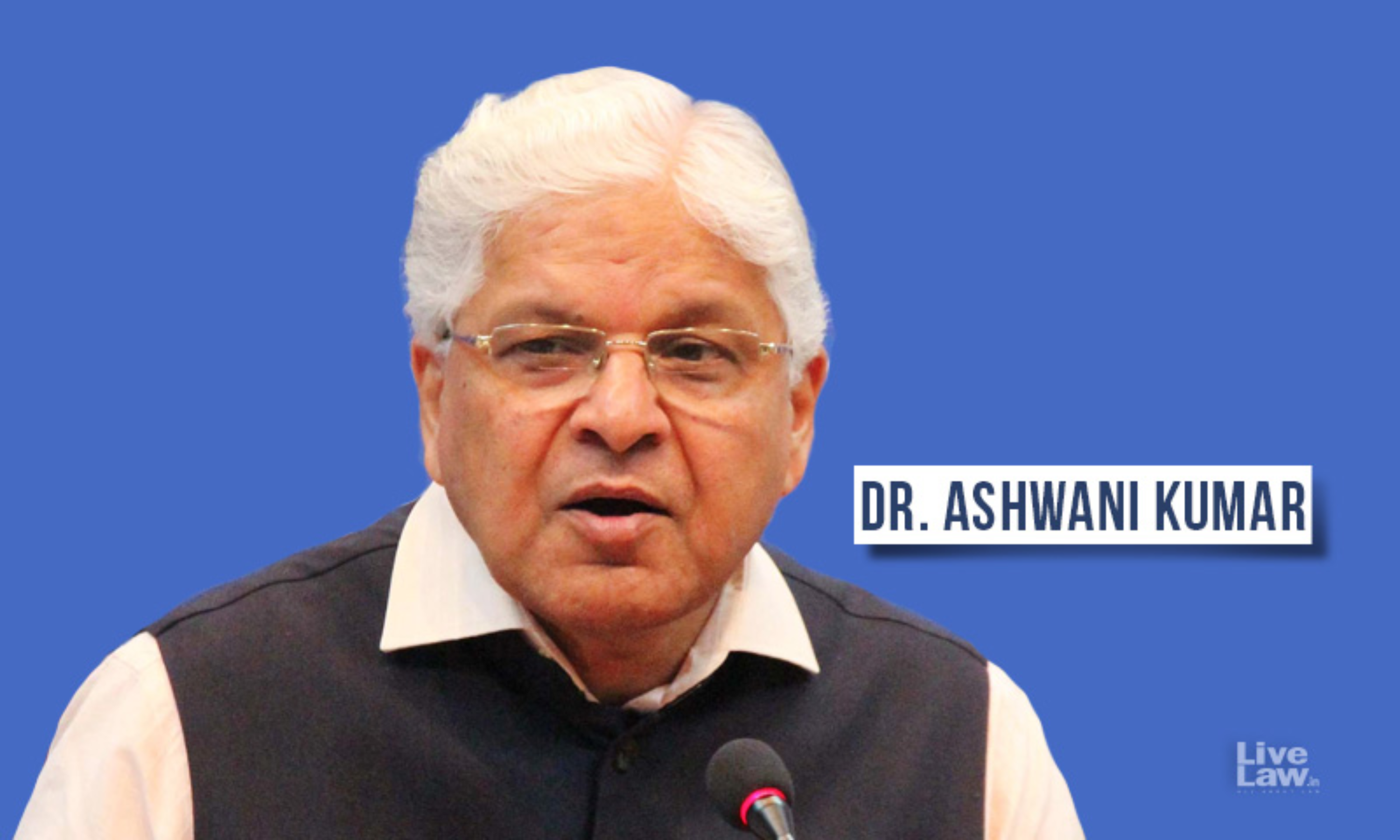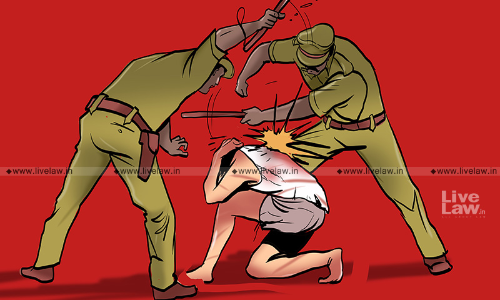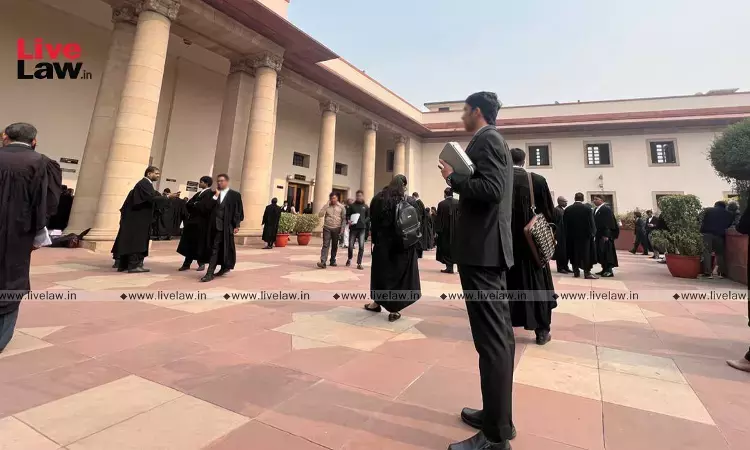
On the Global Dignity Day (October 21), India joined the world in celebrating human dignity, about which Thomas Paine had famously written that "…the sun never shined on a cause of greater worth". Regrettably, more than seven decades after independence, we face a legitimate interrogation about our faltering record in the advancement of a defining national aspiration. India stands...
On the Global Dignity Day (October 21), India joined the world in celebrating human dignity, about which Thomas Paine had famously written that "…the sun never shined on a cause of greater worth". Regrettably, more than seven decades after independence, we face a legitimate interrogation about our faltering record in the advancement of a defining national aspiration. India stands at number 94 out of the 107 countries evaluated on the Global Hunger Index with over 14 crore undernourished children (Global Hunger Index 2020). Unabated instances of rape, encounter deaths, custodial torture, abuse of elders and children, deprivation of basic human rights and the resultant loss of dignity of the marginalized multitude, the suborning of fundamental freedoms by a muscular State and a fraying democracy mock the constitutional promise of fraternity, with individual dignity as its principal constituent. Even though the Supreme Court as a designated guardian of the constitutional conscience has declared that the right to life under Article 21, sans dignity, is like "a sound that is not heard… " (Navtej Johar, 2018), a continuing loss of dignity in its various manifestations remains a painful reality.
Recent events of far reaching importance involving the executive and judiciary have raised concerns about the institutional role and failure in advancing the Constitutions' dignitarian promise. An unprecedented communication by the Chief Minister of Andhra Pradesh to the Chief Justice of India, complaining about interference by a senior Supreme Court judge in the administration of justice by certain judges of the Andhra Pradesh High Court, has compromised the institutional integrity and dignity of the higher judiciary. Making public his communication, on a sensitive subject under consideration of the Chief Justice, the chief executive of the State has not done justice to his office either. While the concerned Judges are obliged to defend their dignity and vindicate their oath of office, the Chief Minister also cannot escape the burden of constitutional discipline and the high standards of rectitude expected of him.
Whether a criminal contempt action against the Chief Minister can alone redeem the prestige and dignity of higher judiciary is debatable. Judging from public response to the contempt proceedings in Prashant Bhushan's case, only an unanswerable case of criminal contempt founded on clear malafides on the part of the Chief Minister would invest the punitive judicial remedy with credibility and a moral appeal. Whether or not the case for contempt is "clear and beyond reasonable doubt"(Baradakanta Misra,1974) will depend upon "a noetic look at the conspectus of the features and… a constellation of constitutional and other considerations…"( In re Mulgaokar 1978). A credible resolution of a complex situation will indeed test the wisdom of the wise and the inter-institutional capacity to advance constitutional justice. A restrained and sparing use of the unusual jurisdiction combining "the judge, jury and the hangman" (SCBA 2008), in a spirit of "majestic liberalism" adds to the legitimacy of contempt jurisdiction and till recently, such has been the Court's preferred approach (In re Mulgaokar, supra 1978,Vijay Kurle, 2020). This is because the authority and dignity of the higher judiciary as custodian of the constitutional principle rests not on the "coercive power of the judges but the deference and respect which is paid to them and their acts from an opinion of their justice and integrity"(Baradakanta Misra, supra). Judicial dignity is clearly anchored in its moral rightness rather in a colonial heritage of enforced dignity though retributive exercise of 'kingly power', in a republic of free men. The majesty of courts is located in the objectivity, consistency, and intellectual integrity of their judgments which must remain open to public scrutiny and fair comment. Judicial dignity, in the final analysis is a function of the community's responsive chord to its pronouncements based upon a shared sense of justice. Judicial excessivism or abdication are both fatal to judicial prestige.
Unchecked media trials, especially on electronic and social media, which repeatedly transgress constitutional boundaries with a devastating infraction of the right to privacy and reputation mock the promise of fair trial and legal due process under Article 21. Despite several binding interdicts by the highest Court against parallel media trials at various stages adversely impacting the course of justice (Mirajkar 1965, Sahara 2012), the brazen illegality continues unrestrained under the gaze of the highest court. The Sushant Singh Rajput and Kangana Ranaut episodes are jarring illustrations. Instances of such trials still fresh in public memory include, Uma Khurana (2007), Aarushi Talwar (2017), Nambi Nayaran (2018), Hadiya (2018), 2G Spectrum Case (2018), P. Chidambaram(2019) and the ongoing Sunanda Pushkar and Tarun Tejpal cases, to name only a few. Relentless violation of the constitutional guarantee of fair trial have left unanswered, questions about the abuse of freedom of expression and the impossibility of a just recompense for the loss of reputation and dignity of the accused. The profound and poetic pronouncements by the Supreme Court in M. Nagaraj (2006), K.S Puttaswamy (2017), Romila Thapar (2018), Nambi Narayan(2018), Navtej Johar (2018), Tehseen Poonawalla (2018), et; al, espousing human dignity as the foremost constitutional principle remains no more than a pious declaration of constitutional intent. Questions about the apex Court's vacillation and institutional incapacity to enforce its judgments without which the declaration of law is meaningless have diminished judicial prestige. A seemingly resigned acceptance by the highest Court of the routine and audacious negation of the legal principles of proportionality, neutralization, necessity and postponement of publication enunciated by it ( R. Rajagopal 1962 and Sahara 2012) in relation to media coverage of cases under trial is inexplicable. This is particularly so because in Bhramajeet Singh Sharma (2005) the Court recognized presumption of innocence as a human right and declared unhesitatingly in Sahara, supra that the freedom of expression under Article 19 (1)(a) is subject to the requirement of fair trial (Article 21). A welcome note of caution by Justice Chandrachud in his dissenting judgment in Romila Thapar( supra) is eloquent. "But lofty edicts in judicial pronouncements", declared the Judge, "can have no meaning to a citizen unless the constitutional quest for human liberty translates into securing justice for individuals… [The Court] "…cannot be oblivious to the overriding constitutional concern to secure the dignity of the individual…". The highest Court needs no reminder of its own law that "the right to declare law carries with it the obligation of enforcing obedience to it…" (Baradakanta Misra, supra). It is hoped that in the several petitions pending before superior courts on the issue of media trials, an effective framework for the enforcement of law declared by the Supreme Court will be established.
Despite a robust dignitarian Constitution whose custody is entrusted to the joint endeavors of the three branches of Government, the recent record of our liberal democracy suggests an institutional deficit in the advancement of constitutional goals. But we need not give in to despair because we know that our dignity like destiny, lies within ourselves. The failure of our representatives and democratic institutions to secure it cannot deter us from pursuing the dignitarian agenda as a purpose in perpetuity.
Views are personal only.
(Author is the Former Union Minister for Law and Justice & Senior Advocate at the Supreme Court of India)




